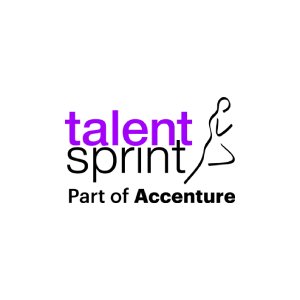When Progress Learns the Past: Women, Workforce and AI

2018: The Wake-Up Call
That year, Amazon scrapped an internal AI hiring tool. The model had quietly learned to penalise resumes containing the word “women’s”, like “women’s chess club captain.” The model had been trained on a decade’s worth of resumes from a male-dominated industry. In doing so, it had learned what success used to look like and mistaken that for what success should look like.
Aanya, then a young graduate in data science, dismissed it as an early misstep. “They’ll fix it,” she thought. “It’s just the beginning.”
She was right, a lot of interventions were yet to come.
The Learning Years
As Aanya’s career progressed, she worked on AI tools used in banking, healthcare, and HR. But something felt off.
Why did the facial recognition system work better on white male faces?
The more she asked, the clearer the answer became: AI was absorbing and scaling human bias.
She read the UNESCO report on gender bias in AI voice assistants, most of which were programmed with submissive female personas. She discovered the NPJ Digital Medicine study, which found AI systems underdiagnosing women in clinical settings. And she noted how only 22% of the AI workforce were women. (WomenTech Network)
Bias wasn’t just in the code. It was in the culture.
Then Came Another Twist
In April 2025, new data revealed a new pattern:
Women were adopting AI tools at lower rates than men.
Not because they lacked skill. Because they lacked trust.
The tools didn’t speak to their needs, didn’t reflect their workflows, and sometimes actively disadvantaged them. So they opted out. But this opt-out creates a dangerous loop, where women’s behaviours are underrepresented in training data, leading to tools that further alienate them.
The cost? Innovation blind spots. Skewed user insights. Billions in lost opportunity.
Bias doesn’t just hurt women. It hurts business.
From Problem to Pushback
By 2025, a wave of interventions had begun shaping a more equitable AI future:
- The EU AI Act mandated human oversight and bias audits for high-risk AI systems.
- SAP’s bias detection frameworks enabled early-stage fairness testing.
- UNESCO launched global initiatives to embed ethics and inclusion into AI education.
- Women-led advocacy groups like the Algorithmic Justice League and Women in AI Ethics drove awareness and accountability.
Aanya joined the movement. She helped companies audit their algorithms, created bias test harnesses for HR tools, and built cross-functional teams that included ethicists and domain experts, not just engineers.
Rewriting the Future
Today, Aanya leads a team that doesn't just build AI, they interrogate it.
They ask not: “Does it work?” but “Who does it work for and who does it exclude?”
She mentors young women in AI, leads workshops on ethical modelling, and helps businesses understand that inclusion isn't just a value decision, it's a strategic one.
Because when AI reflects everyone, it performs better for everyone.
The Bottom Line
Bias in AI is no longer an abstract threat. It’s a systemic reality. But it’s also solvable with diverse voices, intentional design, and inclusive leadership.
At TalentSprint, we don’t just teach future technologies, we shape future technologists.

TalentSprint
TalentSprint is a leading deep-tech education company. It partners with esteemed academic institutions and global corporations to offer advanced learning programs in deep-tech, management, and emerging technologies. Known for its high-impact programs co-created with think tanks and experts, TalentSprint blends academic expertise with practical industry experience.



